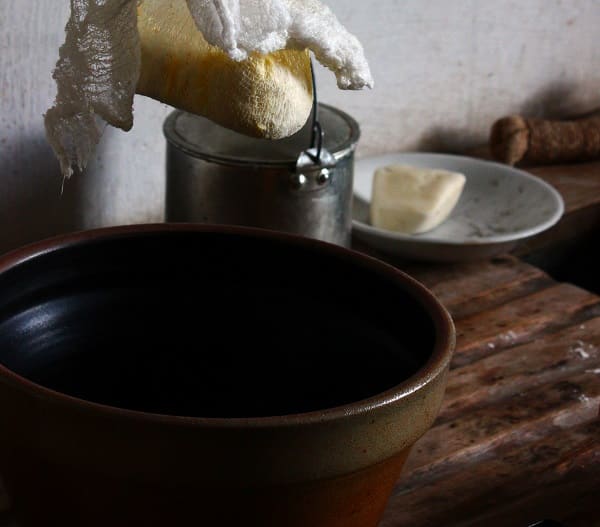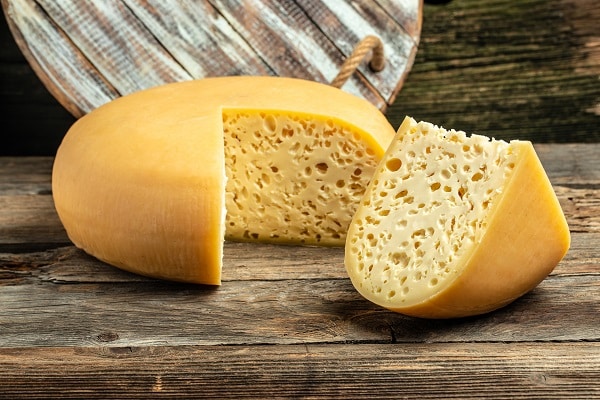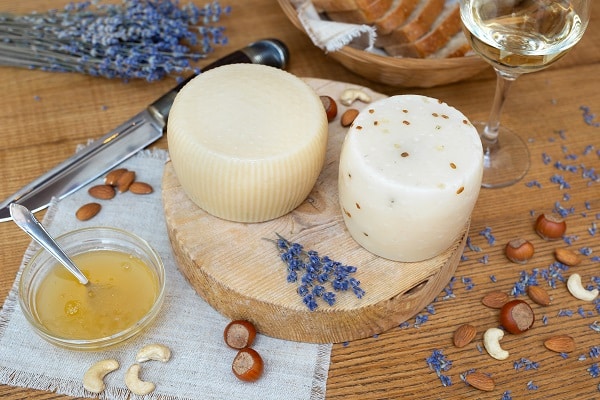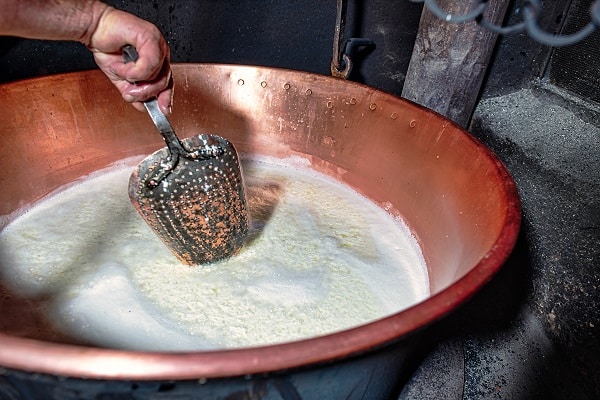Artisanal cheese making is as much an art as it is a science. With roots deeply embedded in tradition and a keen emphasis on craftsmanship, artisanal cheese making is a captivating journey filled with flavor and history. As you dive into this world, you’ll explore the intricate processes, the dedicated artisans, and the sheer passion that brings this delicious craft to your table.
Contents
Understanding Cheese Making

The art of cheese making is ancient, dating back thousands of years. The process is relatively simple: milk is heated, cultured, and curdled. The curds are separated from the whey and are then shaped and aged. However, the magic of artisanal cheese making lies in the nuances of this process. Every decision made, from the type of milk used to the specifics of aging, can dramatically alter the final product.
Artisanal cheese making takes the basic process a step further. It’s about cherishing the journey, focusing on quality over quantity, and bringing out the most exquisite flavors. Unlike industrial cheese making, where efficiency and mass production are key, artisanal cheese making is all about the slow, careful nurturing of the cheese to perfection. This might mean small batches, locally sourced milk, or traditional techniques.
Delving Into The Craft Of Artisanal Cheese Making

Artisanal cheese-making’s beauty lies in the skill and passion-infused into every step. The transformation from simple milk to complex cheese is a testament to the artisan’s craft. This dedication to quality is why artisanal cheeses often command a higher price – you’re paying for expertise and care.
The terroir is just as vital to cheese as it is to wine. A hallmark of artisanal cheese making is locally sourced, high-quality ingredients. These aren’t just cheeses; they’re expressions of the local landscape, the climate, and the unique microbiota, all together in harmony.
Types of Artisanal Cheese

Artisanal cheese comes in an awe-inspiring variety, each with its unique story. For instance, the robust Comté from France is made meticulously and’s been perfected over centuries. Or the creamy Gorgonzola, a blue-veined Italian masterpiece.
Then there’s the slightly crumbly yet creamy and tangy Feta from Greece, traditionally made with sheep’s milk. The world of artisanal cheese is vast and diverse, waiting for you to explore and discover your favorites.
The Role of Aging in Artisanal Cheese Making

Aging or ‘affinage’ is where a lot of the magic in artisanal cheese making happens. This process involves controlling temperature, humidity, and time to develop the cheese’s flavor and texture. A Brie might be aged for a few weeks, while a sharp Cheddar might mature over a year.
The aging process is a careful balancing act. It requires patience and a deep understanding of how cheeses evolve. Every aging day can change a cheese’s character, bringing new, complex flavors and aromas.
Cheese Making Equipment

Artisanal cheese making requires minimal but specific tools. These tools can impact the final product, adding an extra dimension to the cheese’s flavor and texture. Traditional cheese vats, molds, cheese presses, and cheese caves are just some equipment an artisan might use.
While traditional methods and tools are often used, modern equipment has also found its place in artisanal cheese-making. For instance, temperature-controlled aging rooms allow for more precise aging, ensuring consistency in the final product.
Artisanal Cheese Vs. Mass-Produced Cheese

The differences between artisanal cheese and mass-produced cheese can be stark. Artisanal cheeses are typically crafted in smaller batches with keen attention to detail, resulting in a product that reflects the region’s distinct character and flavor profile. On the other hand, mass-produced cheeses aim for uniformity and high volume, often compromising the depth of flavor and texture.
Moreover, artisanal cheeses offer a broader spectrum of tastes and textures. Their flavor profiles can be delightful and varied, with nuances from the type of milk used, the cheese making process, and the aging period. Mass-produced cheeses, while still enjoyable, generally lack this variety and richness.
Economic and Environmental Impact of Artisanal Cheese Making

Artisanal cheese making can have significant positive impacts on local economies. It supports local dairy farmers and often encourages sustainable farming practices. Artisans source their milk locally, ensuring freshness and supporting the local dairy industry.
Regarding environmental impact, artisanal cheese making tends to be more sustainable than its industrial counterpart. The emphasis on locally sourced ingredients reduces transportation emissions. Additionally, many artisanal cheese makers employ environmentally-friendly practices such as organic farming and minimal waste production.
How to Start Your Own Artisanal Cheese Making Journey

Dipping your toes into cheese making can be an exciting adventure. Start with the basics: source some fresh milk, gather your basic equipment (a large pot, a thermometer, a long knife to cut the curds, and some cheese molds), and find a simple recipe to follow. Making cheese like Mozzarella or Ricotta is a great start for beginners.
It’s important to remember that patience and precision are key in cheese making. And, like any craft, you’ll encounter some bumps along the way. Don’t get discouraged if your first batch of cheese doesn’t turn out exactly as you’d hoped. Cheese making is a learning process. Embrace the journey and keep refining your skills.
Exploring Artisanal Cheese Producers

There are countless passionate and skilled cheese makers around the globe, each producing their unique artisanal cheeses. In France, explore the world of affineurs like Hervé Mons, known for his carefully aged Roquefort and Camembert. Or, in the United States, consider trying the Humboldt Fog from Cypress Grove, an award-winning goat cheese with a distinctive layer of edible ash.
Experiencing the creations of these cheese artisans not only offers a chance to taste some of the world’s best cheeses but also supports small-scale producers who are dedicated to their craft.
The Bottom Line
Artisanal cheese making is a testament to the beauty of time-honored traditions and the pursuit of culinary perfection. As we delve deeper into this flavorful world, we discover the craft’s intricacies, the artisans’ passion, and the joy of supporting local and sustainable practices. So, next time you savor a piece of artisanal cheese, take a moment to appreciate the journey it took from the farm to your table. Remember, each cheese tells a story – of its origin, maker, and unique journey to perfection.